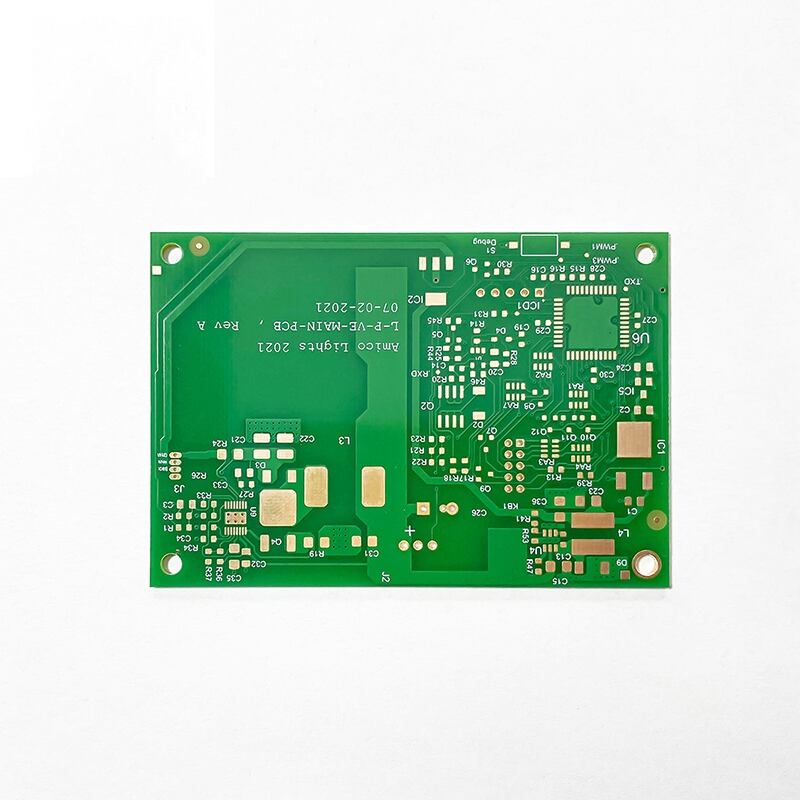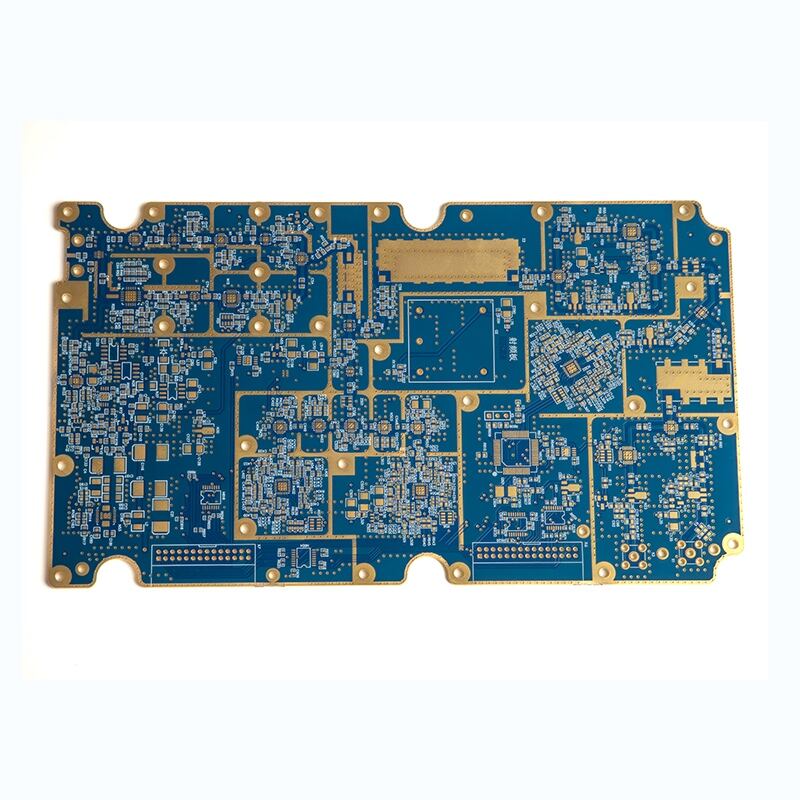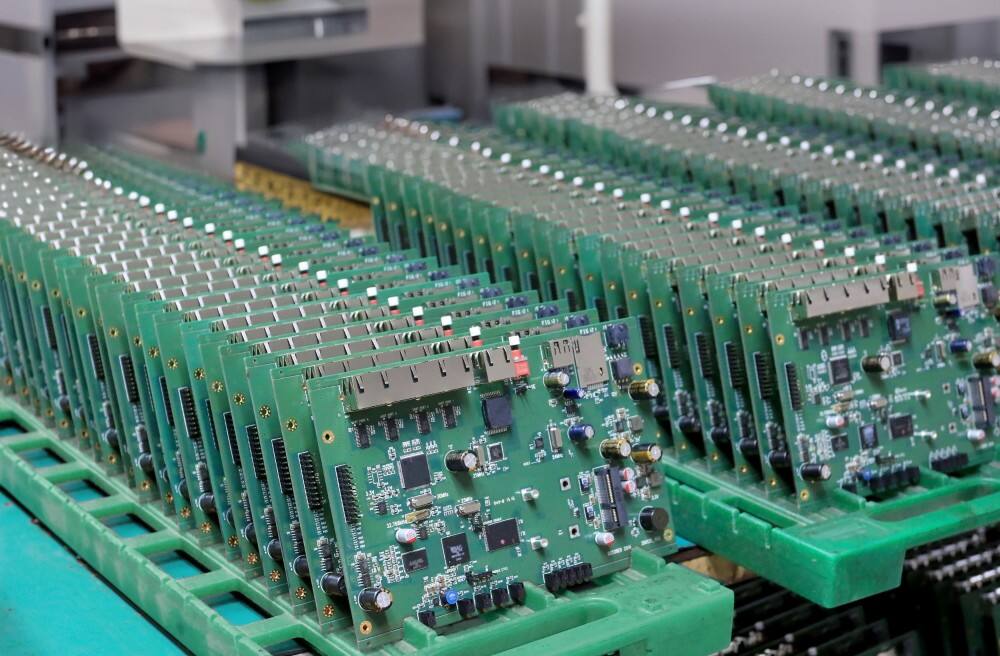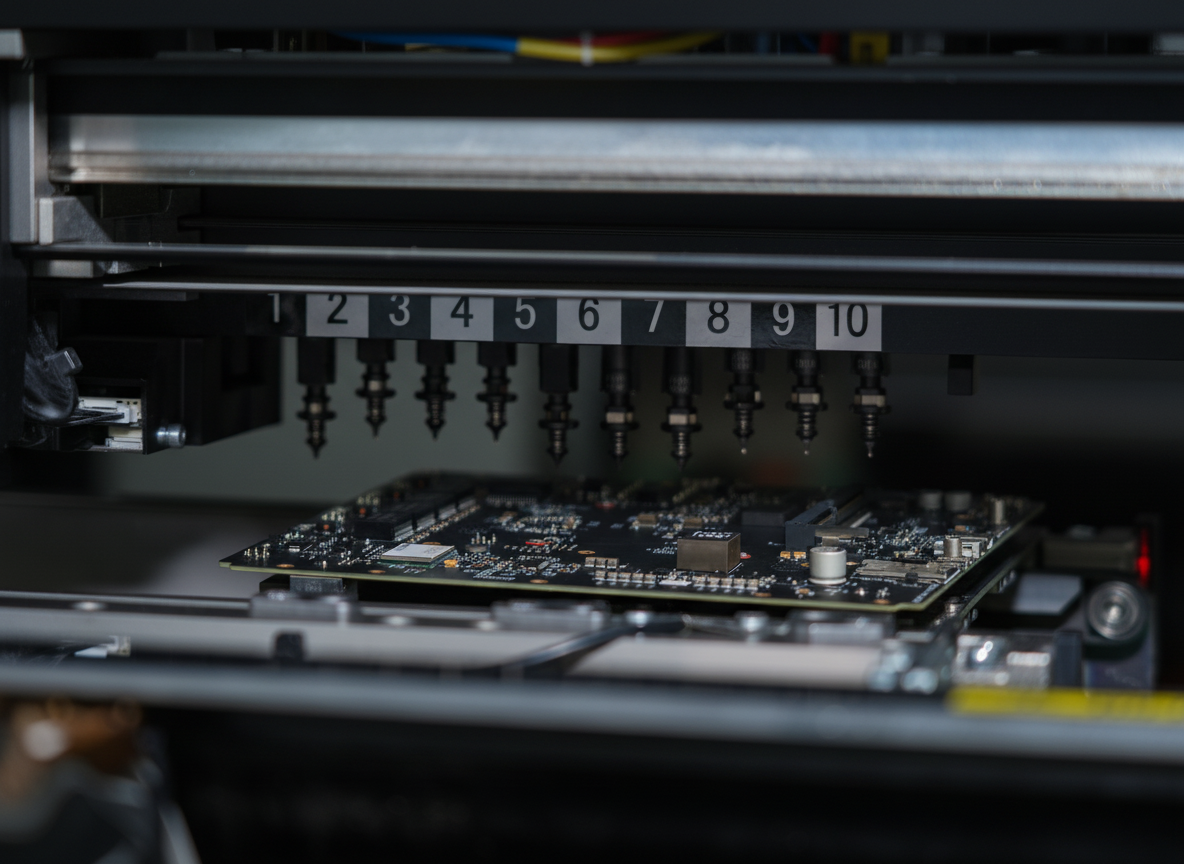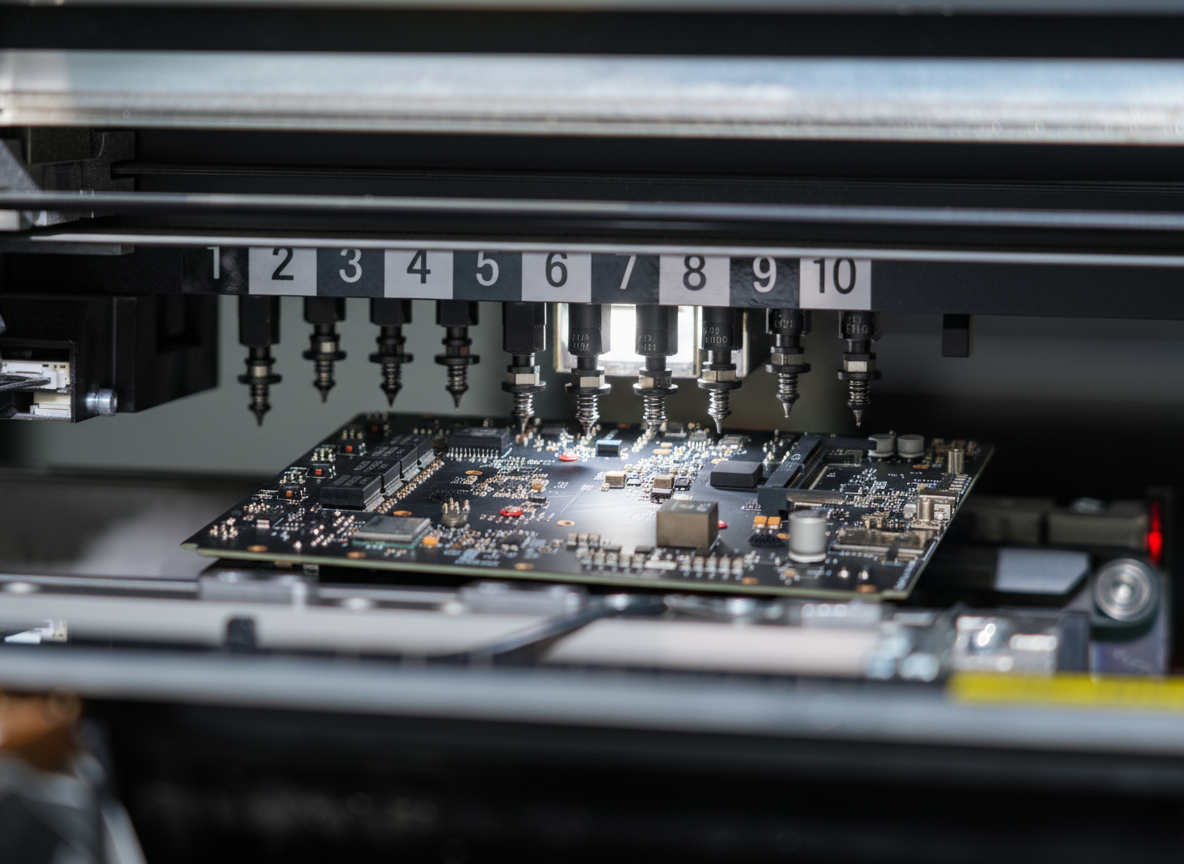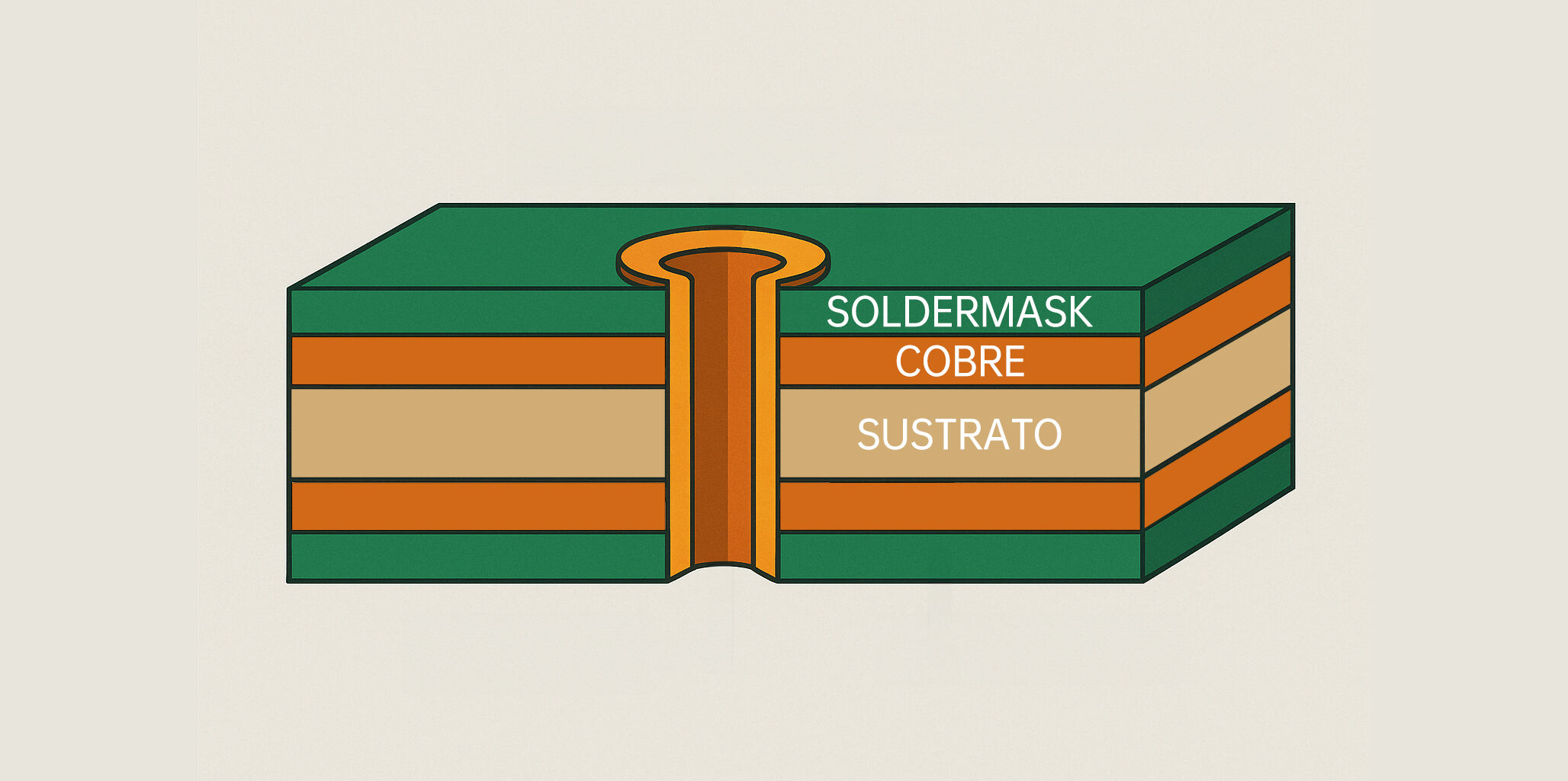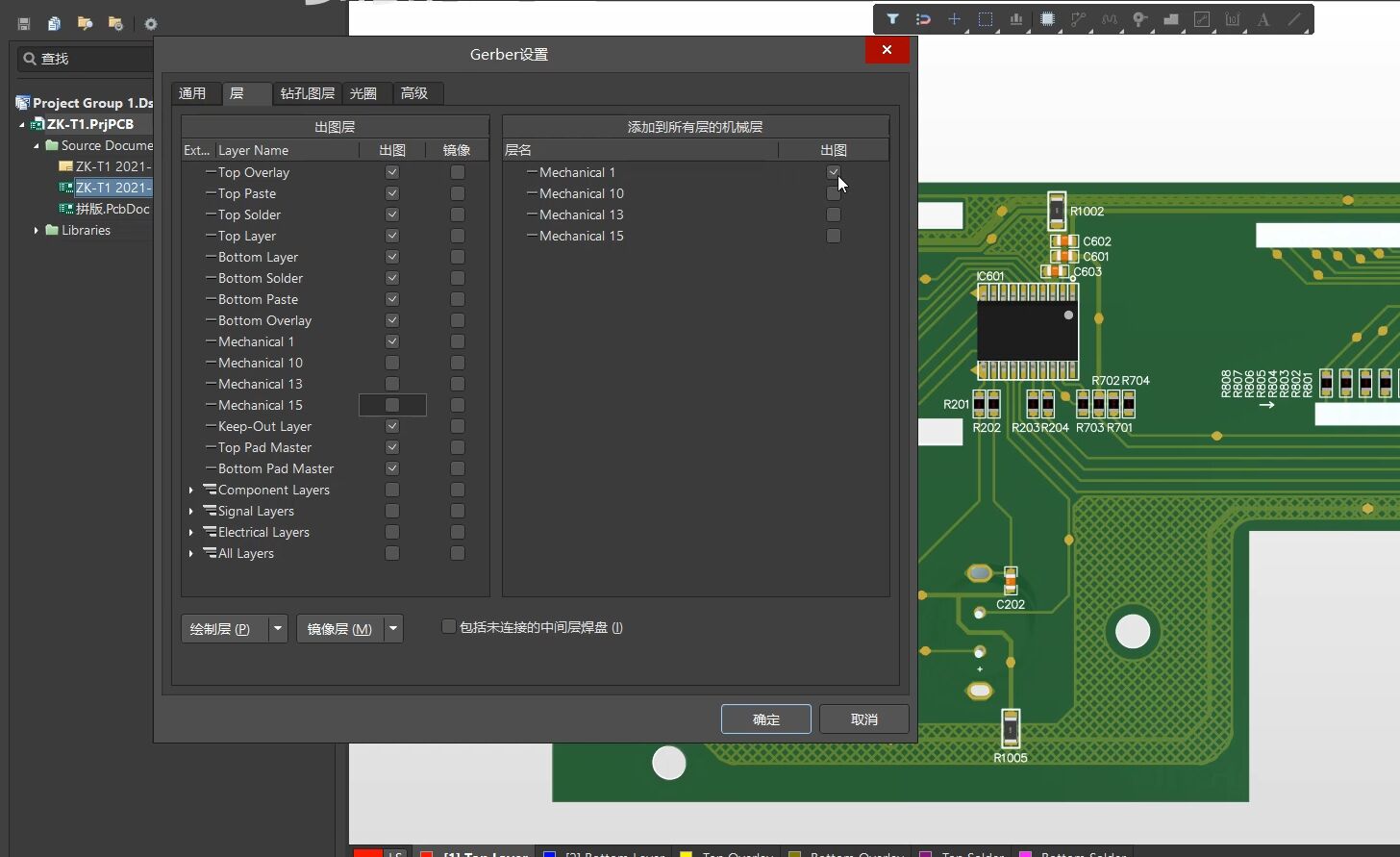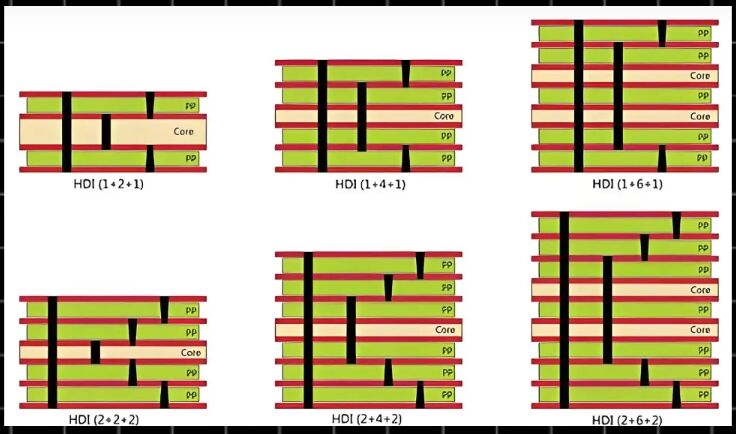throughhole assembly
Through-hole assembly represents a fundamental printed circuit board (PCB) manufacturing technique where component leads are inserted through pre-drilled holes in the board and soldered on the opposite side. This robust assembly method ensures superior mechanical strength and reliability in electronic devices. The process begins with precise hole drilling, followed by careful component insertion and wave soldering, creating permanent electrical connections. Through-hole technology excels in applications requiring high-reliability connections and components that must withstand significant mechanical stress. The assembly process accommodates various component types, including integrated circuits, capacitors, resistors, and connectors, making it versatile for different electronic applications. Modern through-hole assembly combines traditional reliability with automated insertion equipment and advanced soldering techniques, maintaining its relevance in contemporary electronics manufacturing. This method particularly shines in automotive electronics, industrial control systems, and military applications where durability is paramount. The assembly process also facilitates easier component replacement and repair compared to surface mount technology, making it invaluable for prototyping and small-scale production runs.

